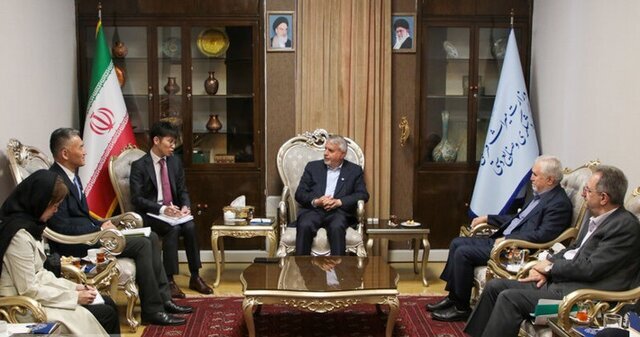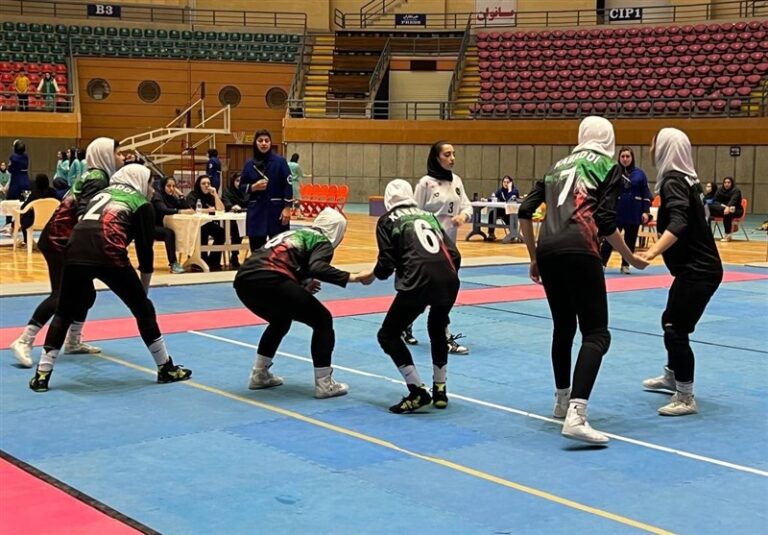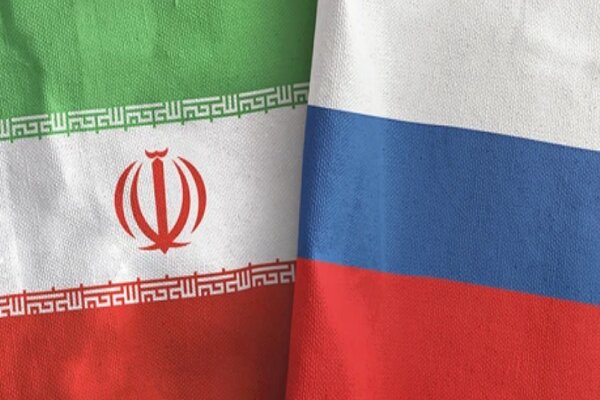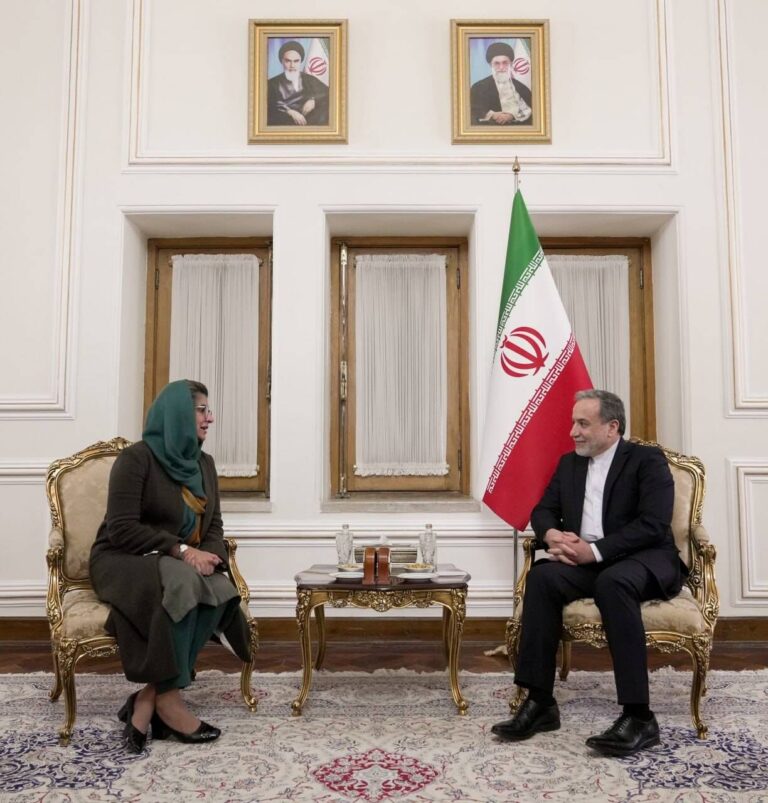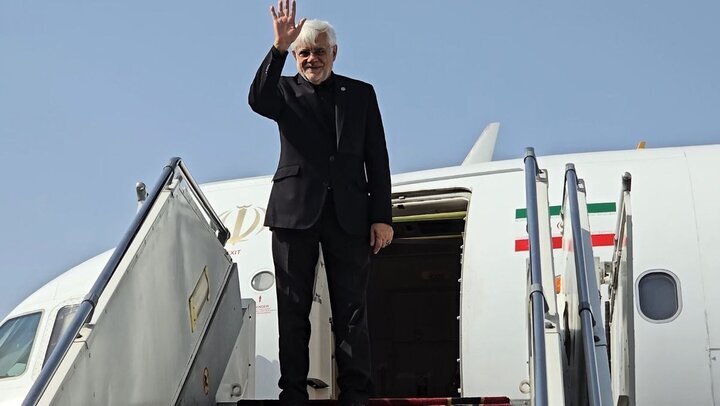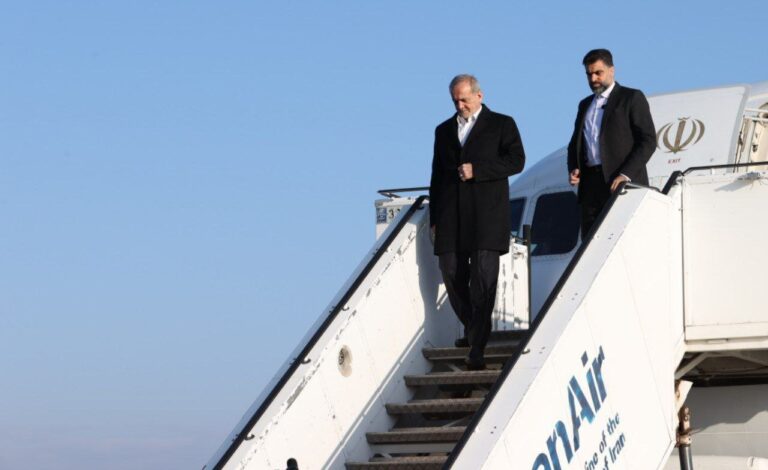Unlocking Cultural Synergy: Iran and Japan Set to Establish a New Model for Asian Cooperation
In a significant meeting aimed at enhancing bilateral relations, Iran’s Minister of Cultural Heritage, Tourism, and Handicrafts, Seyyed Reza Salehi-Amiri, met with Japan’s Ambassador to Iran, Tsukada Tamaki. This gathering highlighted the rich history of cultural cooperation between the two nations and explored new possibilities in tourism, education, sports, and handicrafts.
Salehi-Amiri emphasized that the Iranian populace regards Japan as a noble, committed, peace-loving, and rational nation. He noted that this positive perception serves as a robust foundation for strengthening cultural and historical ties between the two countries. According to ILNA, he stated:
“The general mentality of the Iranian people towards Japan is positive and full of mutual respect, and this social asset is an excellent platform for deepening cultural and historical ties between two nations.”
During the meeting, Salehi-Amiri underscored the importance of leveraging Japan’s experiences in several vital areas:
- Cultural management
- Educational systems
- Technological advancements
- Bureaucratic efficiency
He remarked, “Japan has a distinguished experience in the field of combining tradition and modernity, a model that can be an inspiration for the process of localizing progress in Asian countries, including Iran.”
In terms of cultural heritage, Salehi-Amiri pointed out that both Iran and Japan hold significant positions globally:
- Iran ranks 10th in the world for the number of historical monuments and sites registered on the UNESCO World Heritage list.
- Japan follows closely, ranking 11th.
This alignment symbolizes the historical depth of the civilizations in both countries, creating a solid foundation for effective cultural exchange between East and West Asia.
Salehi-Amiri proposed the establishment of a joint exhibition network between the capitals of Iran and Japan. He suggested:
“Holding fairs of Iranian civilization in Tokyo and representation of Japanese art in Tehran is an introduction to redefining the mutual image of nations towards each other in light of cultural originalities.”
Furthermore, he highlighted the diverse tourism genres present in Iran, stating that the country possesses all 20 recognized types of tourism globally, including:
- Health tourism
- Religious tourism
- Historical tourism
- Nature tourism
- Creative tourism
Salehi-Amiri noted that this vast potential could attract Japanese tourists if presented wisely. He expressed concern that the image of Iran depicted by some Western media does not reflect reality, asserting:
“Japan is an independent, thoughtful country that relies on political rationality and will certainly not be captured by these biased portrayals. Iran’s security is higher than other regional countries.”
To improve Iran’s image in Japan, he suggested inviting Japanese cultural, tourism, and media figures to visit Iran, stating:
“We are ready to host high-ranking delegations of Japanese heads of travel agencies.”
Salehi-Amiri also emphasized the cultural significance of handicrafts, declaring:
“Iranian and Japanese handicrafts are the delicate and soulful legacies of ancient nations. Japan can be a target market for Iranian traditional arts and vice versa.”
He expressed a willingness to build a cultural bridge between Iranian households and Eastern art through a deeper understanding of Japanese art.
In response, Ambassador Tamaki remarked on the importance of language learning as a gateway to cultural understanding. He stated:
“Understanding Iran is a cultural mission for us, not just a diplomatic one. I have always sought a deeper understanding of your cultural roots, educational system, and arts during my travels to Iran.”
Looking ahead, he noted that the year 2029 will mark the 100th anniversary of official diplomatic ties between Iran and Japan. This milestone presents a unique opportunity to foster a cultural, civilizational, and strategic movement in bilateral relations.
In conclusion, the discussions between the two nations reflect a commitment to enhancing cultural cooperation and establishing stronger ties in various sectors. As both countries look forward to future collaborations, the potential for mutual growth and understanding remains promising.
